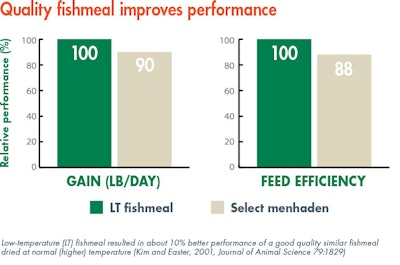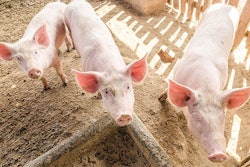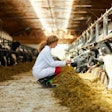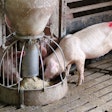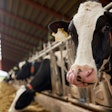
If piglets do not like the taste of an ingredient, they will not eat the feed until forced by hunger
I was recently called to review a piglet pre-starter formula – a most common request for a consulting nutritionist with a reputation working in young animal nutrition.
The first question I always ask on such projects is, “What is the average level of feed intake during the first week post-weaning?” My own goal is 200 and 250 grams per day per head, for piglets weaned at 21 and 28 days, respectively. This particular formula, in question, was for piglets weaned at 21 days of age. The answer was no more than 40 grams per day per head, which was clearly unacceptable.
According to the sales team, on some farms, the piglets refused to eat the feed during the first two to three days, before hunger forced them to start eating and then only reluctantly. As was to be expected, this client was losing business as their clients turned to other, more successful competing products.
I immediately asked to visit the feed plant, and the first ingredient I always check is whey. To my delight it was a sweet whey product, but I have a habit of tasting the whey. In my experience, if an adult human cannot abide the taste of a whey product, then a three-week-old piglet will certainly object to it. Unfortunately, that whey product was horrible in taste. It was not inexpensive, either, but it was bought because it had great flowability (a common problem with whey products). Without doing anything else in the formula, I asked for a different supplier that provided a whey that was so tasteful that my client kept tasting it when it arrived. Unfortunately, it did not have the best flowing characteristics, but the cost was similar to the previous whey.
Research shows importance of ingredient quality
Without any change in formulation, and only by changing the quality of whey used in the formula, feed intake jumped from 40 to at least 150 grams per day per piglet during the first week post-weaning. Later, we made more changes, and we achieved the customer goals, including renewed sales and happy customers and piglets. This situation has happened so many times that it has convinced me that quality of ingredients used in piglet formulas is key to their success and comes before ingredient selection and nutrient specifications. Below are just two examples based on university research that support this notion.
- Whey quality can vary considerably. The most important factor is the drying temperature that can result in a slightly burned product that has gone through the Maillard reaction process. Other manufacturing process aspects can affect its quality, too. It is no secret in our industry that no two lots of whey are ever the same, as quality varies not only from source to source, but even within batches from the same cheese factory. As early as the 50s, the research community was aware that roller-dried whey was inferior to spray-dried whey, and that “browned” or overprocessed whey was generally of inferior quality. Here, I would like to make the point that good research never loses its value, as similar research has been conducted in 1993 at The Ohio University by the late Professor D. Mahan, with similar conclusions.
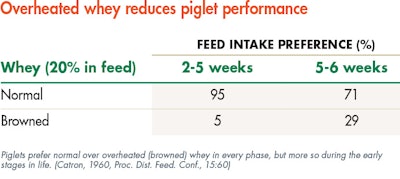
- Fish meal quality is another issue when it comes to piglet formulas. When you open a new bag of fish meal and the smell (never taste fish meal) is repugnant, then such product is not suitable for piglets. It can be used for other classes of swine or animals, if it meets certain other quality criteria, but piglets will reject any feed based on unacceptable fish meal. In fact, research conducted at the University of Illinois by my good friend, now Professor Sung-Woo Kim at North Carolina State University, revealed that piglets can distinguish even between qualities of normal (acceptable fish meal). In his trial, he tested a normal fish meal and another that was processed through a low-temperature drying method. The latter is available in our industry through many manufacturers and suppliers.
